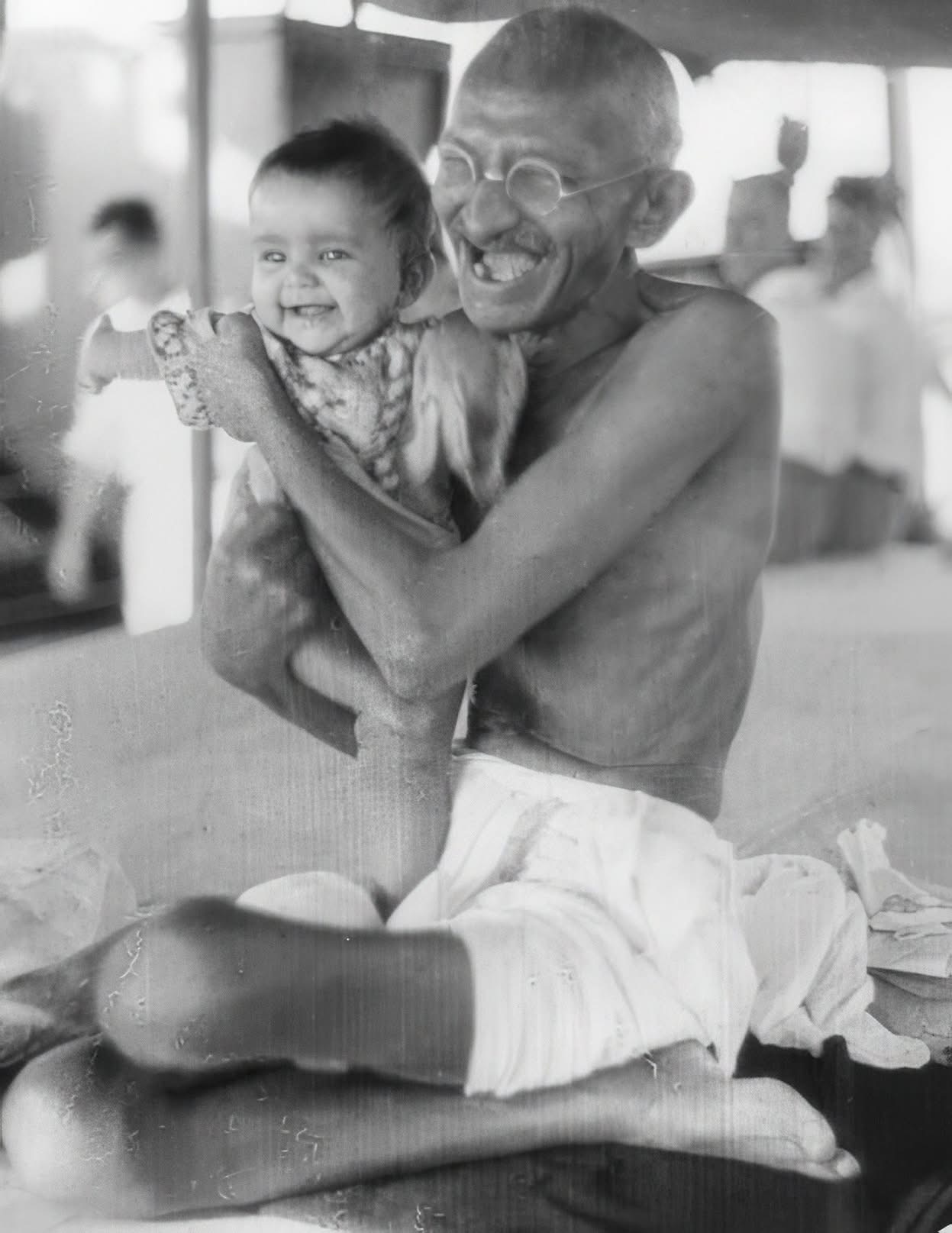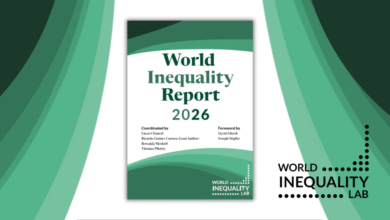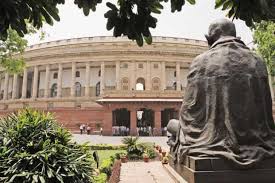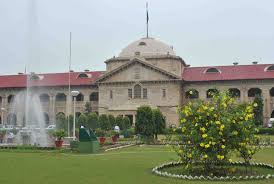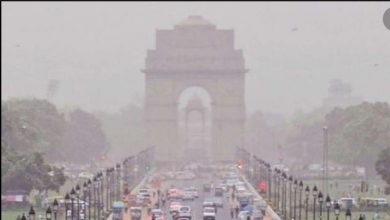The Pranami Legacy: Shaping of Gandhi’s Inclusive Vision
Siby Kollappallil Joseph
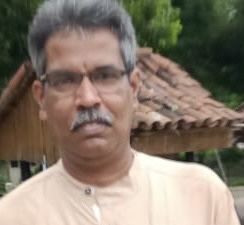
In a discussion on the online course “Gandhi and King: Soul Force and Social Change,” the significance of the Pranami sect in shaping Mahatma Gandhi’s philosophy, especially his multicultural and multi religious approach, came to the forefront while analysing early influences on Gandhi . This revelation prompted a further exploration of the Pranami sect’s influence on Gandhi’s life and work for the benefit of the participants. This article aims to shed light on the Pranami legacy and its profound impact on Gandhi’s inclusive vision.By examining the Pranami legacy, we can gain a deeper understanding of Gandhi’s inclusive vision and its relevance in today’s world .
Gandhi’s mother, Putlibai, and his wife, Kasturba, belonged to the Pranami sect, a lesser-known but significant religious tradition of Hinduism. Gandhi ‘s childhood upbringing under Putlibai and some of the teachings of her sect profoundly influenced his vision and philosophy of life. The sect’s syncretic approach, emphasizing unity and equality among religions, shaped Gandhi’s inclusive worldview. Exposure to the Pranami sect’s reverence for multiple scriptures, including the Quran and Vedas, instilled in Gandhi a deep respect for all faiths and commitment to interfaith understanding. The Pranami sect’s emphasis on shared values and principles underlying different religions influenced Gandhi’s non-sectarian approach to spirituality and social action. Its indirect influence helped shape his distinctive approach to religion, faith, and spirituality, inspiring efforts towards interfaith understanding, amity and social justice.
Despite this significant influence, many Gandhian scholars and biographers have overlooked the Pranami sect’s impact. This may be due to limited documentation, the sect’s teachings being overshadowed by other influences or scholars focusing on Gandhi’s later life and public career.By exploring the Pranami sect’s influence, scholars can gain a deeper understanding of Gandhi’s unique personality and how his early life experiences shaped his thought and action.
M.J. Akbar, in an article on Gandhi’s faith, quoted psychoanalyst Erik Erikson, who wrote: “His mother’s religion was of that pervasive and personalized kind which women convey to children; but it also prepared the boy for the refusal to take anybody’s word for what anything meant, either in the Hindu scriptures which he rediscovered only in his youth with the help of Western writings, or in the Christian gospels, the essence of which he tried to resurrect in Eastern and modern terms…”Akbar noted: “His mother’s influence prevailed. Gandhi recalls that even though they were Hindu by birth, their Pranami temple priest used to read from both the Gita and the Quran, moving from one to the other, as if it did not matter which book was being read as long as God was being worshipped.”
Akbar shed light on the Pranami sect, founded in the 17th century by Devchandra Maharaj:”The Pranami Sampradaya, founded in the 17th century by Devchandra Maharaj (1581-1655), emerged during an era when the transformative policies of Mughal emperor Akbar were energising the expanding Mughal domain with a new amity between the predominantly Hindu population and a largely Muslim ruling elite.” Devchandra’s doctrine emphasized Hindu-Muslim harmony, as captured in this couplet:”Jo kachu kahya Ved ne, so hi kahya Kitab/ Donon bandey ek Sahib ke, par larhat paya bina bhed”(That which is said in the Vedas, is also said in the Book [Quran]/ Both are children of One God, but quarrel without knowing the truth).Mahamati Prannathji, Devchandra’s most important disciple, compiled the Pranami Dharma’s scripture, Kuljam Swaroop, incorporating passages from the Vedas, Bhagavad Gita, Quran, Bible, and Torah. The Pranami sect prohibits alcohol, meat, and tobacco, and has no idols in its temples. Gandhi’s mother, Putlibai, embodied this inclusiveness, worshipping at Hindu temples, revering Jain monks, and practicing their traditions like fasting. Gandhi recalled his mother’s strong commitment to fasting, which he later adopted as a penance and political weapon. When Gandhi led India’s freedom movement, his prayer meetings began with recitations from all major scriptures, including the Quran. Akbar further reminds us that The Surah Fatehah, in praise of the Rab al Alamin, or Lord of the Universe, was recited alongside a litany of multi faith prayers in his ashram.
Mahadev Desai in his work “Day to Day with Gandhi” offers a glimpse of Gandhi’s talk with ThakkarBapa about the religious ceremonies of the weavers who belonged to the Pranami sect. In the ensuing talk Gandhi shared some anecdotes from his own life. Gandhi recalled that as his mother belonged to the Parnami sect, the newlywed couple were taken to a Pranami temple and in that sect according to Gandhi “there is some admixture of Islam also. ” Mahavdev Desai introduces the readers about the Pranami sect as follows :“A saint, Mehraj Thakore, born in Saurashtra, was afterwards called ‘Prananath’ (the adored, or the Lord of life) and the sect he founded began to be called ‘Pranami Panth.’ The sect was also called ‘Dhami Panth’ (Panth = path = sect that leads to the Abode =Dhama ). It was an attempt at the synthesis of Hinduism, Islam and other faiths. It was Sri Prananath who pointed out to king Chhatrasal the spot where he struck a diamond mine at Panna in Rajasthan. Most of the temples and followers of this sect are found in Panna. “
Pyarelal’s book, “The Early Phase,” provides insight into the Pranami sect, to which Gandhi’s mother, Putlibai, and her parents belonged. This eclectic religious sect aimed to combine the best elements of Islam and Hinduism. Gandhi recalled that they were even perceived as “crypto-Muslims.” After his marriage, Gandhi’s mother took him to the Pranami temple in Porbandar, which was distinct from other Hindu temples. Gandhi noted that the temple had no idols, and its priests wore attire unlike traditional Hindu priests. The temple’s walls featured texts resembling the Quran.
According to Pyarelal the Pranami sect was founded by Prannath, a Kshatriya from Kathiawar, in the early 18th century. Prannath’s teachings emphasized the unity of God, as expressed in his work, Quiyamatnama: “All follow different customs, and each proclaims the greatness of his own master… but the end of all is the same, the Supreme God.” Putlibai’s eclectic beliefs and piety had a profound impact on young Mohandas. Kaba Gandhi, Mohan’s father, had a practical approach to religion, seeking truth and engaging in interfaith dialogue. This exposure shaped Mohan’s values, including dignity, self-respect, and commitment to truth and justice.
Nagindas Sanghavi’s article “Gandhi and Pranami Vaishnavism” published in “Gandhi Marg “highlights the unique features of the Pranami sect, also known as Nijanandi, which belongs to the little Tradition of Vaishnavism. The sect, which emerged in the 17th century, incorporates teachings from Judaism, Christianity, and Islam, using Arabic words and Sufi terminology in its scriptures. It also promotes gender equality, rejects untouchability, and permits temple entry and inter-dining among all castes. Gandhi was exposed to the Pranami sect’s teachings through his mother, Putlibai, and it may have influenced his thoughts on equality and social justice. Sanghavi points out that Gandhi mentioned asking his mother about untouchability, but her response is not recorded, possibly indicating a conflict between the social taboo and her Nijanandi faith.
Rajmohan Gandhi’s book, “Gandhi: The Man, His People and the Empire,” highlights the diverse religious influences on Gandhi’s early life, including the Pranami sect. Gandhi’s father, Kaba, and mother, Putlibai, were exposed to various faiths, including Hinduism, Jainism, Islam, and Zoroastrianism. The Pranami sect, to which Putlibai’s parents belonged, was notable for its Islamic influence and rejection of idol worship. However, Putlibai herself was comfortable with Hindu idols and respected Jain monks. This eclectic mix of religious influences is portrayed in Richard Attenborough’s movie “Gandhi,” where Gandhi describes his hometown as a melting pot of faiths. He recalls his family’s Pranami sect, which blended Hindu and Islamic traditions, and how the temple priest would read from both the Quran and the Gita. Gandhi’s early exposure to these diverse faiths and his experiences had a profound impact on his philosophy of life , shaping his values of tolerance, respect, and compassion for all people, regardless of their faith.
Tushar Gandhi great grandson of Mahatma Gandhi in one of his articles mentions the influence of Pranami sect on Gandhi.”From childhood, Bapu was exposed to an ideology that was very religious but also practised a very inclusive and liberal religion, the one followed by the Pranami sect, a subsect of the Vaishnavas amongst Hindus. He grew up listening to readings from all religious scriptures and respecting all avatars of gods and prophets. “
In conclusion, Gandhi’s early life and upbringing, particularly his exposure to the Pranami sect through his mother Putlibai, played a significant role in shaping his inclusive and eclectic worldview. The Pranami sect’s emphasis on the unity of all religions, rejection of untouchability, and promotion of gender equality resonated deeply with Gandhi, influencing his thoughts on social justice, equality, and interfaith harmony. As a result, Gandhi’s philosophy and approach to social and political issues were characterized by a unique blend of diverse religious and cultural influences, reflecting the Pranami sect’s ideals of unity, equality, and compassion.
This revised note was written following a discussion in the online course on Gandhi and King:Soul Force and Social Change offered by Dr.Michael Sonnleitner in collaboration with Peace Foundation Germany and the Library and Research Centre for Gandhian Studies of Sevagram Ashram Pratishthan Wardha Maharashtra India.
About the Author
Dr. Siby K. Joseph is Director, Sri Jamnalal Bajaj Memorial Library and Research Centre for Gandhian Studies,Sevagram Ashram Pratishthan, Sevagram,Wardha- 442102, Maharashtra (INDIA)
Email: directorjbmlrc@gmail.com

